Thermionic emission is the discharge of electrons from a hot metal cathode into a vacuum. This effect is the fundamental basis for the development of electronics as we know it today.

The effect was initially discovered in 1873 when Frederick Guthrie (professor at the Royal School of Mines and one of the founders of the Physical Society of London – now the Institute of Physics) found that a piece of iron with a negative charge would lose that charge when heated – but would not if the iron was positively charged.
Nothing directly came of this discovery…
Until …
Thomas Edison re-discovered the effect in 1883 during work on electric lights and the phenomena was named the “Edison Effect” although Edison saw no use for this effect and moved on to other things – after he filed for a patent for a voltage regulating device which was granted in 1884 (US Patent 307,031).
But nothing in particular came out of Edison’s work either.
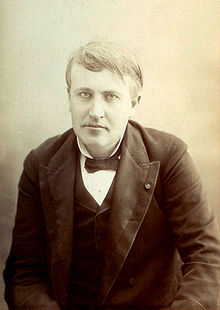
In the meantime:
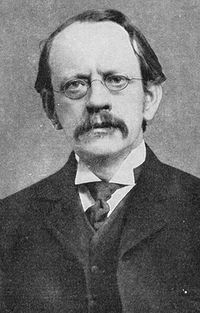
Electrons were identified as particles by JJ Thomson in 1897 after which time the term “thermionic emission” was introduced by Owen Richardson – his PhD advisor was Dr Thomson. Dr Thomson proved that the atom was not indivisible.
Meanwhile
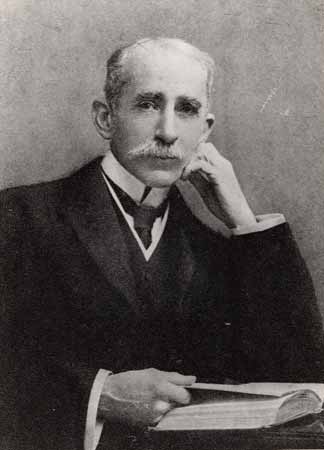
J Ambrose Fleming attended the Royal College of Science at University College in London where his doctoral advisor was Dr Guthrie. He consulted for the Edison Electric Company throughout the 1880s and moved on to the Marconi Wireless Telegraph Company. There was some degree of doubt regarding Marconi’s transmission experiments in 1901 and Dr Fleming conducted experiments regarding wireless receivers. He found that the Edison Effect was capable of converting alternating signals to pass in only one direction which enhanced the reception of the transmitted signal. Further refinement led to US Patent 803,684 in 1904. This patent was ruled invalid by the US Supreme Court in 1943. Dr Fleming is also the originator of the “right-hand rule”
The first sort-of electronic component: Fleming’s 1904 vacuum tube diode
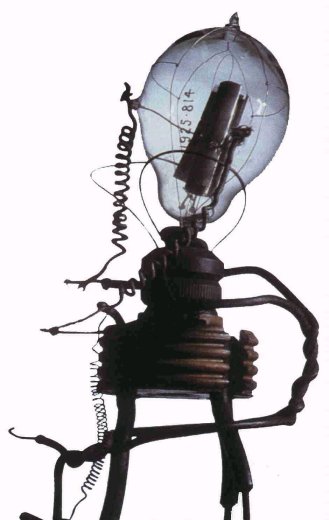
Followed quickly by the next obvious (now) step …

In 1905 Lee De Forest followed Fleming’s work by observing that applying signal to a third isolated element caused changes in the electron flow between the two elements of Flemings “valve”. He was granted US Patent 824,637 in 1906, but like Edison, he did not fully understand the effect he discovered. Dr. De Forest was a charter member of the Institute of Radio Engineers, one of the predecessor organizations of the IEEE
This is it. The first electronic device capable of modulation and amplification.
This is what I consider the first electronic component

But Dr. De Forest didn’t fully grasp the potential of this device
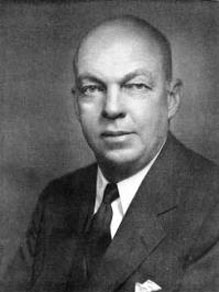
In 1914, Edwin Armstrong invented the regenerative circuit – an AM radio receiver – that made use of a triode vacuum tube while an undergrad student at Columbia University. This system was awarded US Patent 1,113,149 in 1914. Mr Armstrong also invented the the superheterodyne (supersonic heterodyne) receiver (US Patent 1,342,885 filed 1919) and the super-regenerative circuit (US Patent 1,424,065 awarded in 1922).
Later court proceedings nullified Armstrong’s patent in 1928, awarding it to Frenchman Lucian Levy (US Patent 1,734,038) for disclosures made in 1917. However, later legal battles also discredited Levy’s patent and Armstrong’s work was deemed more fundamental in regards to the claims of the patent
But both works were based on an earlier work by …
A Canadian engineer – Reginald Fessenden – developed the initial basic heterodyne work and patented it in 1902 (US Patent 706,740)
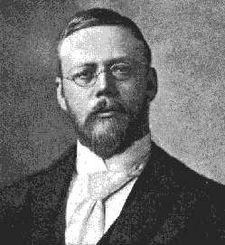
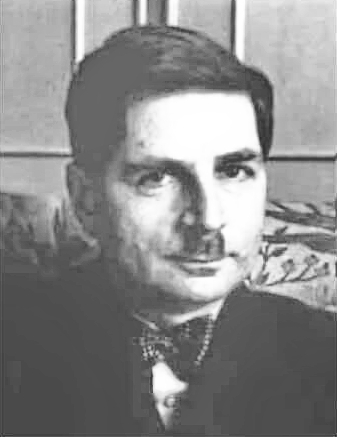
Walter Schottky – inventor of the Schottky diode – also got into the act, claiming his and others earlier works in superheterodyne radio – as early as 1913 – in an article published by IRE in 1926.
Dr Schottky is credited with invention of the screen-grid vacuum tube in 1915 and the pentode tube in 1919 as well as the semiconductor Schottky diode and other significant contributions in electronics and physics such as image potential energy and the Schottky barrier. Dr Schottky himself gave credit to Armstrong in 1926.
Armstrong is also credited with inventing FM radio although it was actually a wide-band version of frequency modulation for which he received a patent in 1933.

John Carson – inventor of single-sideband transmission in 1915 (US Patent 1,449,382) – first published a paper describing the mathematics of FM in 1922 but with a negative bias as to FM’s usefulness.
There is a degree of doubt towards the notion that De Forest invented the “triode” as it is thought of today. The “Audion” depended on a small amount of gas being left within the device envelope while the triode vacuum tube that made the electronics art possible needs a true vacuum to operate properly. Furthermore, Armstrong is credited as being the first to actually apply the triode in an amplifying and transmitting application which makes him truly the first electronics engineer.
Armstrong’s initial FM work was supported by Sarnoff of RCA, but he eventually saw the invention as a threat (RCA supported AM systems) and dropped support. Armstrong funded the development of the first FM radio station in 1937 and RCA petitioned the FCC to restrict FM transmission – initially successfully. This action protected the investment that RCA, CBS, ABC, and Mutual had made in AM systems.
The legal disputes between these inventors and the corporations involved were lengthy and dependent on court decisions made by legal authorities with limited understanding of the technical issues involved. The players often were on differing sides: at one time, Armstrong – along with RCA and Westinghouse – were participants in the longest (at the time – 12 years, 1922 – 1934) patent litigation against De Forest and AT&T. Yet Armstrong and De Forest had a legal dispute – which deForest won – over the regenerative patent
Armstrong won the first round of the lawsuit, lost the second, and stalemated in a third. Before the United States Supreme Court, De Forest was granted the regeneration patent in what is today widely believed to be a misunderstanding of the technical facts by the Supreme Court.
RCA fought Armstrong’s patent and won. However, Armstrong eventually won many of the legal disputes – after his death. According to a biographer, “he came to a particularly American end – death by lawyers” (Redford, J, 1996)
Alone and driven to despair over the FM debacle, Armstrong wrote a farewell letter to his wife. The next morning, Jan 31, 1954, Edwin Howard Armstrong put on his hat and coat, wrapped a scarf around his neck and walked out the window of his apartment on the 13th floor. He landed on a 3rd floor overhang and was found the next morning.
David Sarnoff of RCA told the press, “I did not kill Armstrong.”
His widow pursued the legal battles and finally won in 1967
Many years and much money was spent in various disputes regarding the ownership of these early patents. Large corporations and moneyed interests were involved.
“The moral of this sad story is that a single solitary individual no matter how meritorious, no matter how ingenious, no matter how deserving of recognition and reward is no match for a corporation with large capital assets and a team of well-paid corporate lawyers. This poor man, Edwin Armstrong, having contributed so much to society was driven to despair simply because Sarnoff and RCA had the power to do it.
They squashed him like a bug, and they didn’t care.” (J Lawrence, 2006)
Some things never change …
Many “natural philosophers” contributed to the development of the field I call electronics…
Guthrie first noticed the thermionic emission effect, Edison patented it and one of Guthrie’s students (and ex-Edison employee) turned the effect into a useful device. DeForest first noted the modulation effect caused by adding the third element, but Armstrong first applied that discovery into a useful “electronic” device.
And as a result of their work, we have the technology we still play with today.